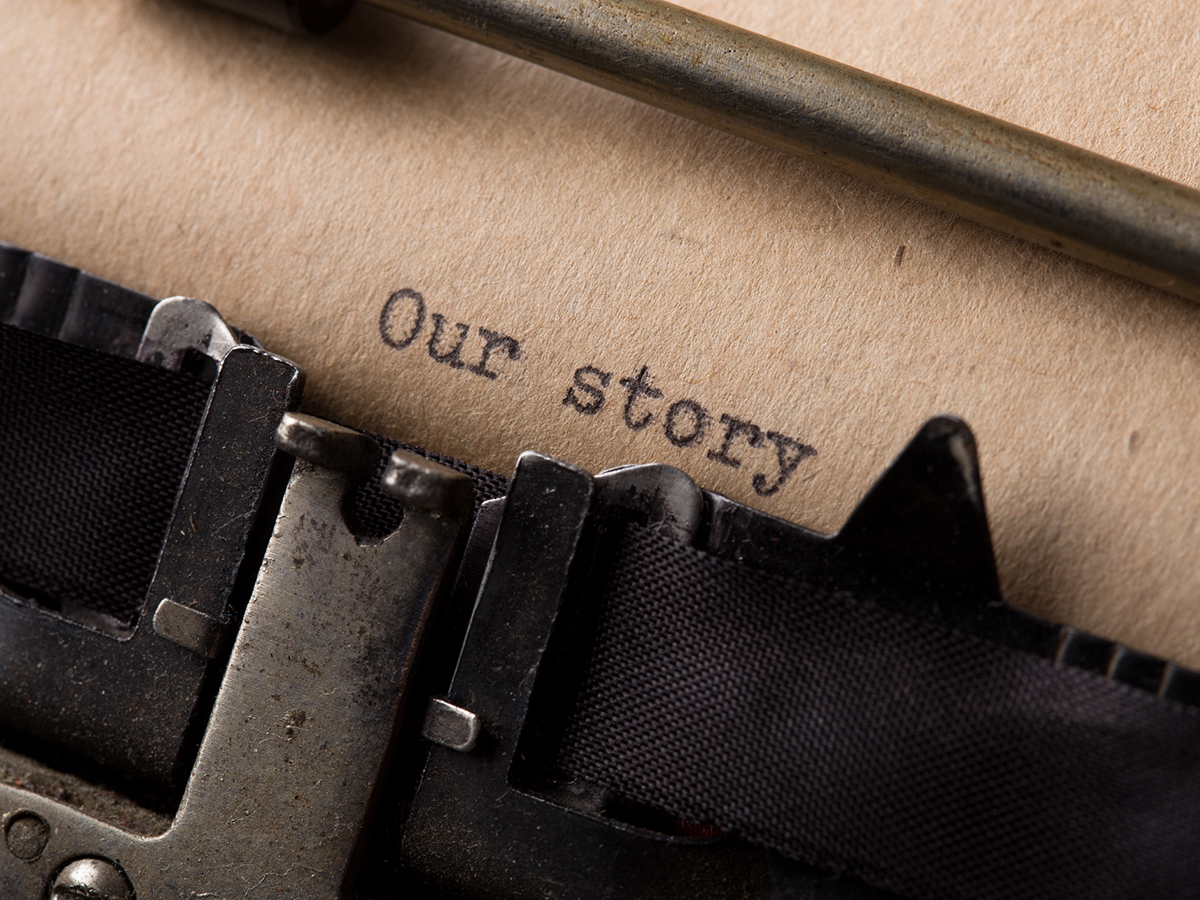
March 9, 2022
Over the years, I’ve been both the recipient and the perpetrator of a number of harmless April Fools’ Day shenanigans. As a teacher, I found that a respectful (and well-played) April Fools’ surprise lightened the mood of the chaotic race to the finish of a school year. As a parent…well, let’s just say that my family members each have a good sense of humor, and we enjoy one another’s creativity!
My excitement for this year’s April Fools’ Day, however, is not in anticipation for its silly antics, but rather for its gift to genealogists—the release of the 1950 U.S. Federal Census records! Many of you reading this already know that the “Rule of 72” restricts public access to federal census records for 72 years for privacy reasons. So, since 1950 + 72 = 2022, our wait for the 1950 Census will end this April 1, allowing us our first glance at information collected for both relatives born in the 1940s and for those who immigrated to the U.S. during the turbulent years surrounding World War II.
Be forewarned, however! This April Fools’ Day records release won’t immediately offer us searchable access to this precious census. Our April 1 access to these records will initially require us to browse these images as we wait for countless indexers and new Artificial Intelligence handwriting analysis technology to make the images available for an every-name computerized search, and viewing filmed pages image-by-image is certainly no joke.
Here’s the good news: like the best April Fools’ escapades, a little preparation can go a long way toward increasing our enjoyment of the opening days with the 1950 U.S. Federal Census, and this preparation can be best summed up with the well-known phrase: location, location, location.
The 1950 U.S. Federal Census was conducted in “enumeration districts,” meaning zones assigned to one enumerator within the county. Taking the time to identify our family’s 1950 enumeration districts in advance can dramatically reduce the number of images we’ll need to browse for their census listings once the records are released.
Steve Morse offers an in-depth look at enumeration districts and their use with census research as well as a tutorial on using his “One-Step Unified ED (Enumeration District) Finder.” For more tips on preparing for the release of this census, try Sunny Jane Morton’s, “Life Begins at ’40,” in the March/April 2022 issue of Family Tree Magazine, available online to MCPL cardholders via OverDrive Magazines.
So, don’t play the fool this April Fools’ Day by being caught unprepared for the unveiling of the 1950 U.S. Federal Census! Drag out the old address books and that stash of 1940s letters, or take advantage of MGC’s online and in-house collections of city directories and phone books to confirm family residences in 1950. Then, use these addresses to identify key enumeration districts to make your browsing sessions with the newly released census images as satisfying as a well-planned moment of April Fools’ Day fun!
Kim A.
Midwest Genealogy Center
Read Similar Blogs:
Current Issues and Topics
Genealogy







